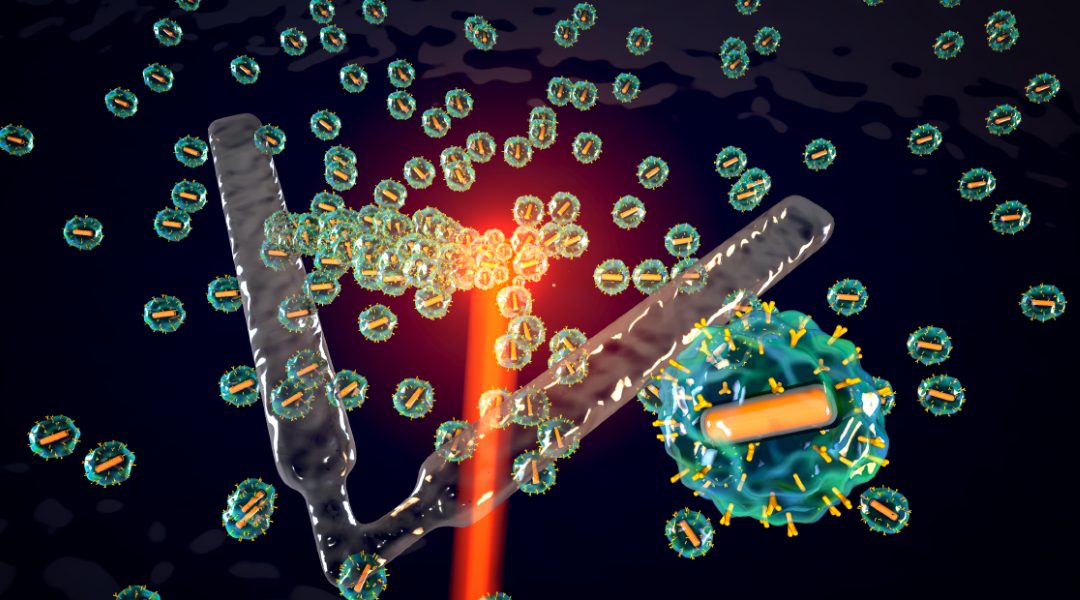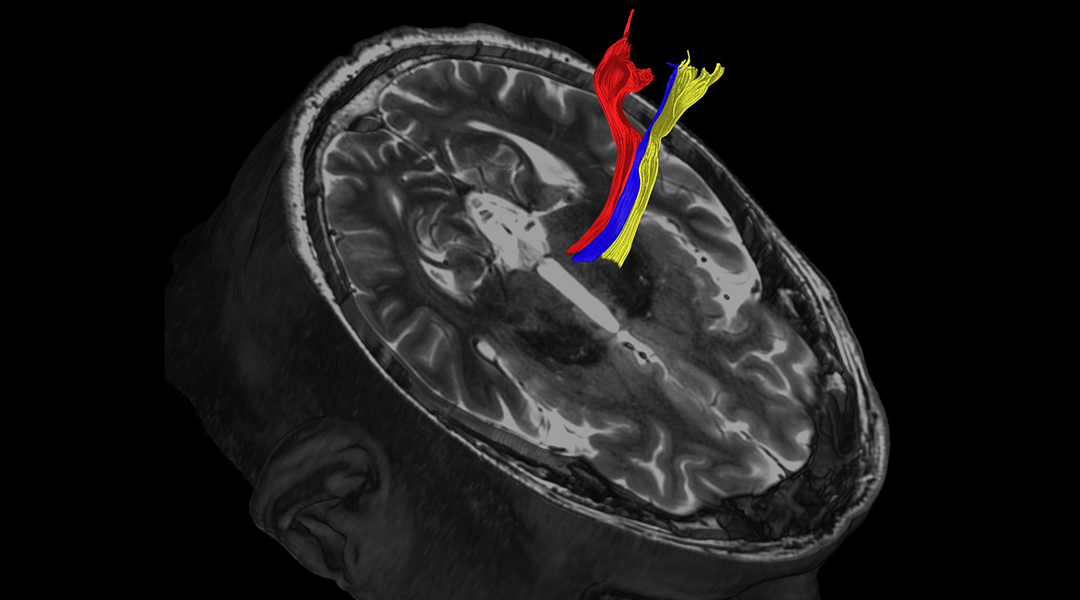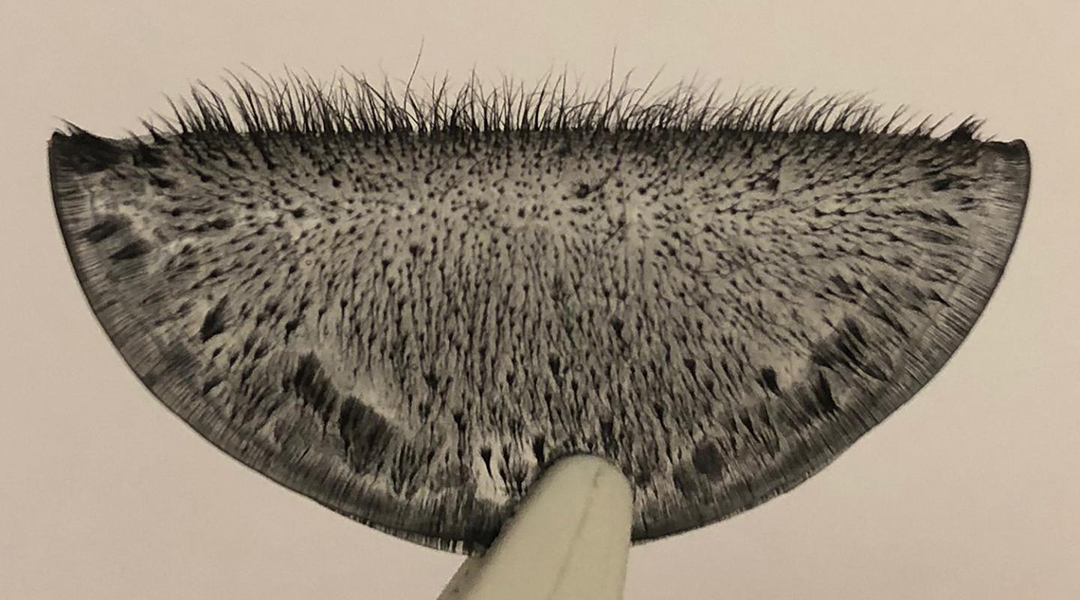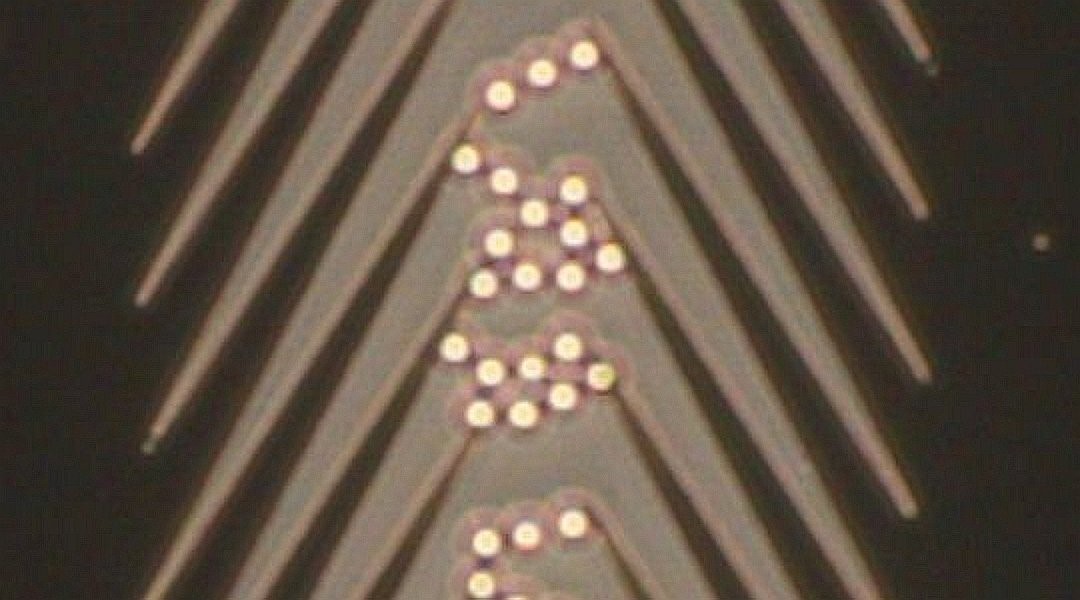A new soft microrobot harnesses electromagnetic and thermal energy at the nanoscale to self-assemble from colloidal nanomachines.


A new soft microrobot harnesses electromagnetic and thermal energy at the nanoscale to self-assemble from colloidal nanomachines.

Plate tectonics are important for habitability, and it appears that the optimum conditions existed for planets forming early in the galaxy’s lifespan … and may be unlikely to easily recur.

Taking a look at the past, present, and future of combinatorial chemistry in materials research.

Advanced MRI scans may improve treatment of tremors in patients with Parkinson’s disease.

Millimeter-scale robots were shown to mimic the movement and behavior of living insects for advanced materials science, biological, and biomedical applications.

An automatic design approach with a new 3D-printing method is established to fabricate soft composites that can change to predetermined shapes and generate controllable robotic motions under a magnetic field.

Cutting-edge fluorine-19 imaging of inflammation extends the frontiers of MRI.

Researchers create an artificial array of magnetic cilia that could contribute to advancing the capabilities of soft robotics.

Jan Coenen is one of the leading scientists when it comes to materials in fusion reactors. We caught up with him to pick his brain about the viability of fusion reactors and his research in the area.

Using an asymmetric sawtooth-shaped potential, researchers achieve transport of tiny molecules driven by particle crowding.